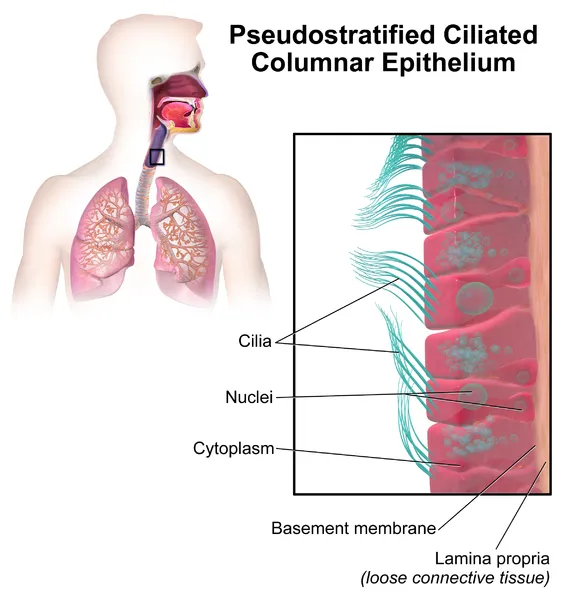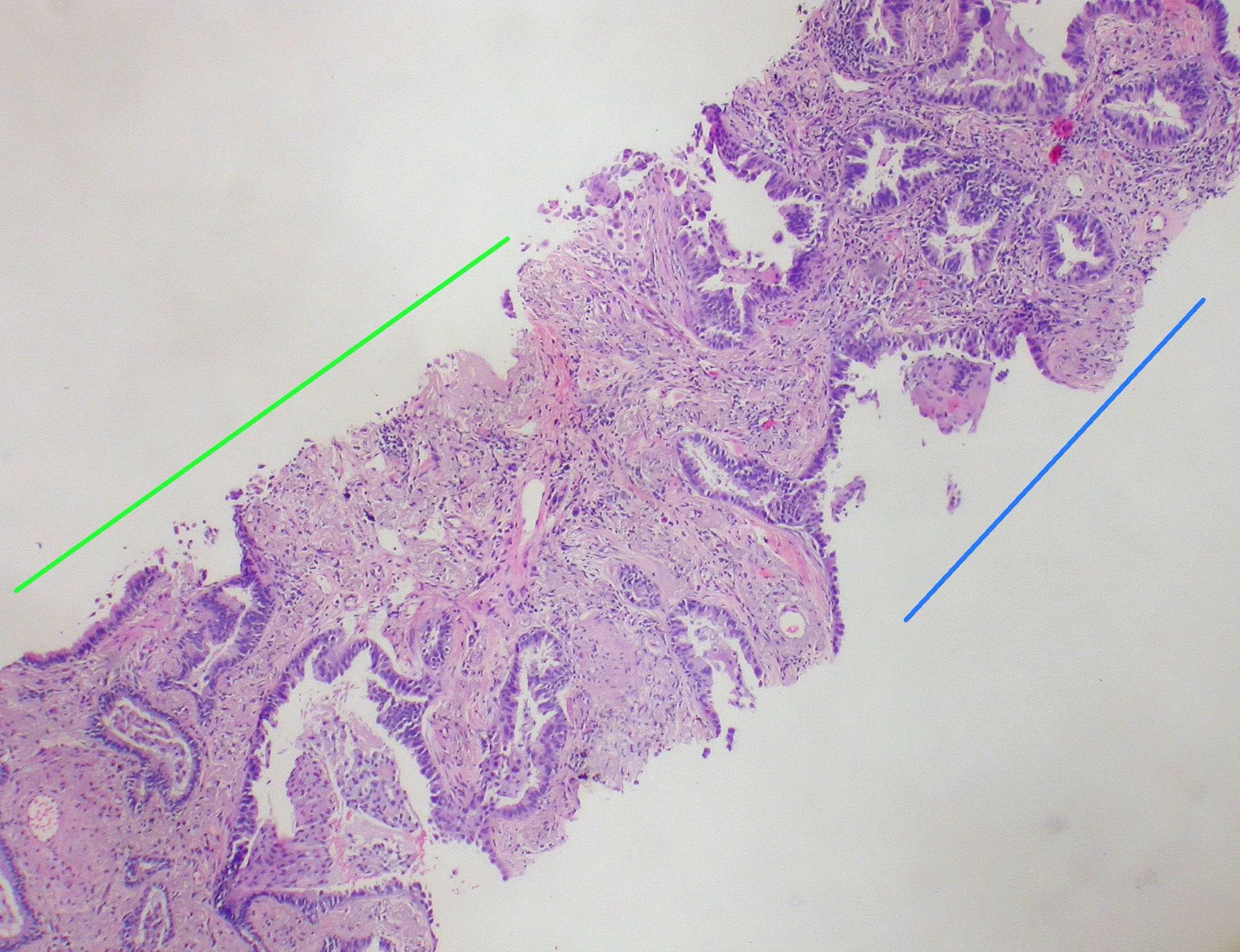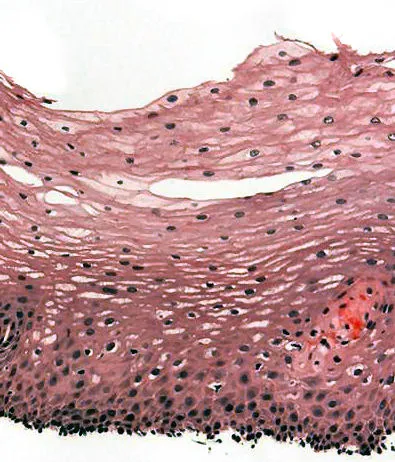This post is intended to enlighten the reader about the danger and risk mainly associated with tobacco use and how its use can increase one's chance of being infected COVID-19. How it may affect the smoker is also highlighted.
Smokers are at higher risk of developing severe disease and death from COVID-19. One of the reasons is because of the increased tendency of the smoker having a contact between the hands and lips. The constant touch between the lips of the smoker and the cigarette is definitely an easy route from the hand.
The above is undoubtedly true considering the major route of entry of this virus i.e through the oral and nasal routes. As much as it is very difficult for some to quit smoking, for the main time, it is better to halt or stop temporarily.
Besides the frequency of contact between the hands and the mouth, smoking shoots up the rate of oxidants in the body system. These chemicals cause havoc to tissue's and cells associated immunity. Once these immune cells are damaged, it paves way for opportunistic infections to take over the body system. Smokers are liable to die young is not an understatement but a fact.
One of the greatest effect of smoking and its relationship with COVID-19 is that,it has the ability of causing morphological changes and alterations to the epithelium of the entire respiratory tract starting from hyperplasia (enlargement of an organ or tissue caused by an increase cell proliferation) to loss of cilia and metaplasia (replacement of one differentiated somatic cell type with another differentiated somatic cell type in the same tissue) with keratinization (production of keratin - a protein that makes a cells more rigid and strong).
By nature, the respiratory tract is lined by pseudo stratified columnar epithelial cells. Pseudo stratified columnar epithelial cells perform two basic functions - absorption and secretion. They secret the mucous that lines the respiratory tract e.g the trachea thus, keeping it moist all the time. It also does the job of humidifying and filtering the air we breathe.
Columnar epithelial cells are naturally fragile and cannot withstand abrasion. They have Mostly single layers of cells thus, making them more suitable for absorption and secretory function.
 Pseudostratified Ciliated Columnar
Pseudostratified Ciliated Columnar
Cigarette smoke, because of its contents which are harsh and coupled with the fact that the cells lining the respiratory tract are not built to withstand these conditions, these cells gradually wear out over time especially in chronic cigarettes smokers and are replaced with more suitable cells (metaplasia).
Since the pseudo columnar epithelial cells cannot withstand the harsh conditions, they pave way for more rugged cells like the stratified epithelial cells which has more layers of cells. The function of this type of epithelium is mostly protective (the higher the number of layers because of their increase in numbers, the more protective they are).
Stratified squamous epithelial cells are commonly found in areas where there is consistent abrasion, for example - the oesophagus.They are good at withstanding abrasion. In all, it is said that stratified epithelial cells in the respiratory tract is definitely not fit for purpose!
Smoking will in essence, change the natural barriers that help to ward off infection and particles from gaining entrance into to the bronchi (part of the lungs responsible for gaseous exchange in humans), thereby making it open and prone to attack because these cells are not in any way secretory in function.
The respiratory tract of chronic smokers sometimes are dry as a consequent of this and any substance or pathogen that find its way to the bronchi, will wreck havoc. The function of the cilia in the trachea is to beat in an antiperistaltic manner and by so doing, this action helps to push out dirt and substances out of the respiratory tract.
Ever wondered why in the morning, you spit out very thick mucous? It simply a product and Handiwork of the cillia cells. Examination of these mucous can reveal a lot about the state of your respiratory tract.
If these particle and dirt are allowed to settle in the respiratory tract for a long time without being cleared, they can cause inflammatory reactions that can trigger the body immune system to release regulatory inflammatory chemicals. One sure cells that will be triggered is the neutrophils and this will in turn cause a host of immune system response.
The metaplasia and keratinization that occurs in smokers is one of the predominant factors that leads to cancer of the lungs in them. Adding COVID-19 Infection only makes the matter complicated and as well as reduces the chances of survival once the chips are down.
Smoking affects your lungs, putting you at higher risk of developing severe COVID-19 outcomes. It can make recovery from COVID-19 infection difficult since it deposits for toxins into the body system. Coronavirus infection caused by Severe Acute respiratory syndrome coronavirus 2 (SARS-Cov-2) is a highly transmissible infectious and pathogenic virus that derives pleasure in causing problem mainly through the respiratory tract.
A decline in the defense mechanism of the upper respiratory tract can pave way for easy entrance of this virus. Reduced immunity, gives it the opportunity to destroy and take over the genetic machinery of its host with ease.
Remember, its preference for the specific type of cells in the lungs Known as the type 2 pneumocystes is the genesis of more problems. Coronavirus are more interested in the type 2 pneumocystes that are responsible for the production of surfactant - A natural chemical substance that helps to maintain the integrity of the lungs by reducing surface tension in the alveoli (the point where gaseous exchange occurs in the lungs.
Once they succeed in reducing the surfactant, the resultant effect is an increase in the surface tension in the lungs that later results in lungs collapse. A major reason why COVID-19 sufferers are usually paced on Oxygen support if on critical stage.
According to WHO, Tobacco products contain at least 250 harmful chemicals, including 69 carcinogens (chemical substances that have the potential of causing cancer). This simply gives us an hint on the potential dangers associated with its use.
From WHO report,2020, there are little or no peer reviewed literatures that have examined the the severity of COVID-19 infection with tobacco smoking as well as evaluation of the risk, a gap in knowledge worth taking advantage of. In essence, a research into this area will fill the gap in knowledge.
Although, the research done by Abby C Lee et al., 2020 showed that smoking may critically exacerbate COVID-19 related inflammation or increase susceptibility to COVID-19. It was observed in the research that smoking upregulated the Cytokines that have roles to play in COVID-19 infection. In essence, smoking is a probable factor even though there is paucity of data to really elucidate the full mechanism behind this.
In this critical time, the least thing we want is to cause our own problem through our actions. Boosting the immune system and not destroying it must be our mantra. Eating healthy and taking less of substance that tend to impair our health is of essence.
A good way to atleast stay safe and prevent anything that make us susceptible to infection is by staying healthy. The above effects of smoking are not exhaustive enough, there are more.
Till I come your way again, stay safe.
Thanks for reading!
References
•Effects of cigarette smoking on the respiratory epithelium and its role in the pathogenesis of chronic rhinosinusitis •Cigarette smoke impairs airway epithelial barrier function and cell–cell contact recovery •Smoking and COVID-19 •The smoker's paradox during the COVID-19 pandemic? The influence of smoking and vaping on the incidence and course of SARS-CoV-2 virus infection as well as possibility of using nicotine in the treatment of COVID-19 - Review of the literature •Tobacco, but Not Nicotine and Flavor-Less Electronic Cigarettes, Induces ACE2 and Immune Dysregulation
Return from Tobacco use and COVID-19; the best time to quit smoking could be now to cyprianj's Web3 Blog





